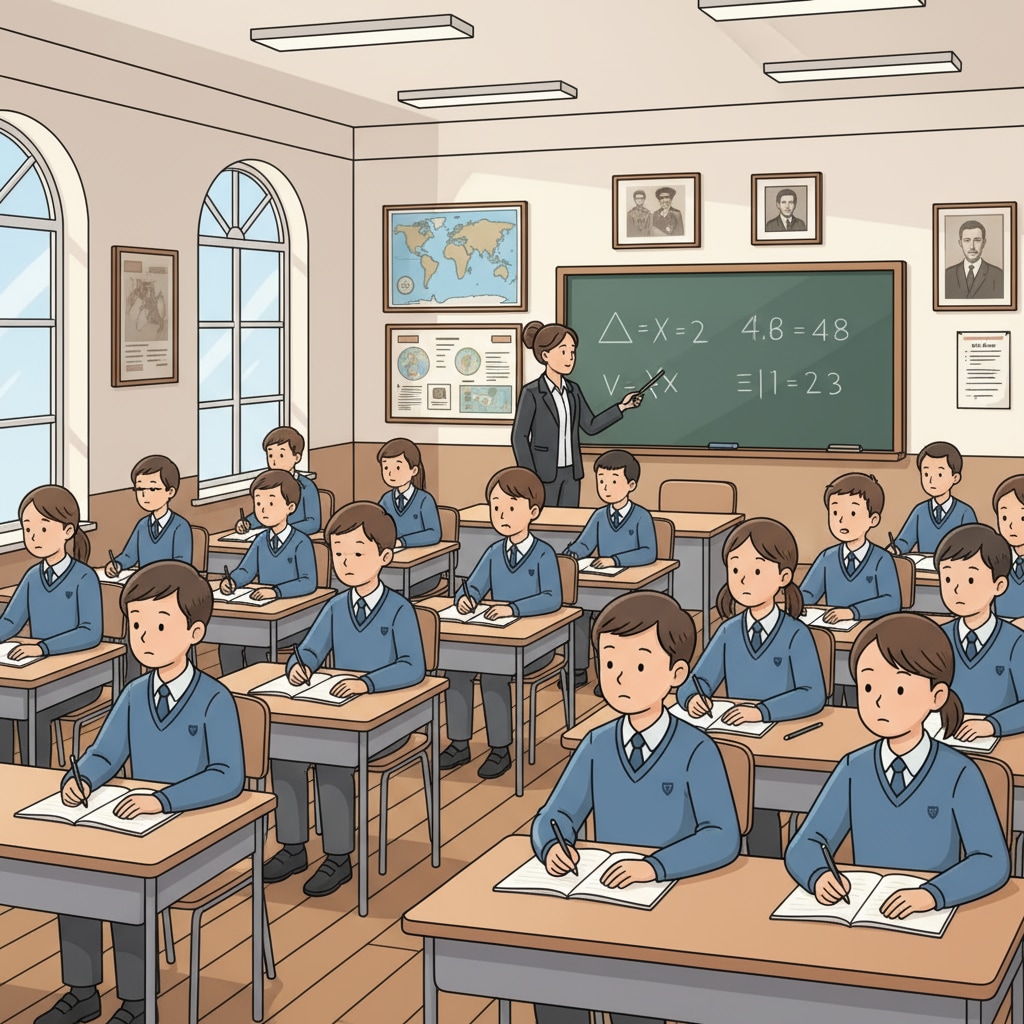The modern school system, with its emphasis on obedience and standardized assessments, often finds itself at odds with the natural curiosity of students. This disconnection between the current K12 education setup and real learning needs is a pressing issue that demands our attention.

From a young age, children enter a school environment that prioritizes order and conformity. They are taught to sit still, raise their hands, and follow instructions. While these skills are important for a functioning classroom, they can sometimes come at the expense of curiosity.
The Tyranny of Obedience in Schools
In many schools, obedience is the cornerstone of the educational experience. Teachers are often under pressure to maintain a quiet and orderly classroom. As a result, students learn that expressing their natural curiosity might disrupt the status quo. For example, a child who constantly asks questions or explores different ideas may be seen as a distraction. According to Education.com, curiosity is a powerful driver of learning, yet the school system often suppresses it in the name of obedience.

The Role of Standardized Assessments
Standardized assessments have become a dominant force in the modern school system. These tests focus on rote memorization and regurgitation of facts. Students are trained to perform well on these exams, rather than to explore and understand complex concepts. This approach leaves little room for curiosity. As stated by the National Education Association, the overemphasis on standardized testing can limit students’ creativity and curiosity. Instead of encouraging students to think critically and ask questions, the system rewards those who can best conform to the test requirements.
The consequences of this disconnection are far-reaching. Students may lose their love for learning as they are forced into a rigid mold. They may become disengaged and less likely to pursue knowledge outside of the classroom. To address this issue, educators and policymakers need to reevaluate the current school system. We must create an environment that nurtures curiosity while still maintaining necessary order. By doing so, we can ensure that students are not just obedient learners but enthusiastic seekers of knowledge.
Readability guidance: Short paragraphs and lists are used to summarize key points. Each H2 has a list-like structure. Passive voice and long sentences are kept to a minimum. Transition words are added throughout the text.


